Real estate development often comes with its ups and its downs, with the highest of highs and the lowest of lows, for reasons that are sometimes anticipated and sometimes seemingly out of nowhere. What seems like a slam dunk project can turn into a horrific brick (sometimes literally), and it pains us to say that 230 Vine St., now the former home of the Painted Bride Art Center, may soon fall into the latter category.
It was a couple of years back, when after a long and litigious journey covering several years, that the fate of the building seemingly became clearer. We learned more in late 2020 when a proposal for the site went to a local community group. After some major pushback from neighbors, the ZBA eventually granted a variance to Atrium Design Group to move forward with a seven-story building with 70 units, 10 short term rentals, 12 parking spots, retail space on Vine Street, and a preserved Zagar mural around the building. So… game on, right?
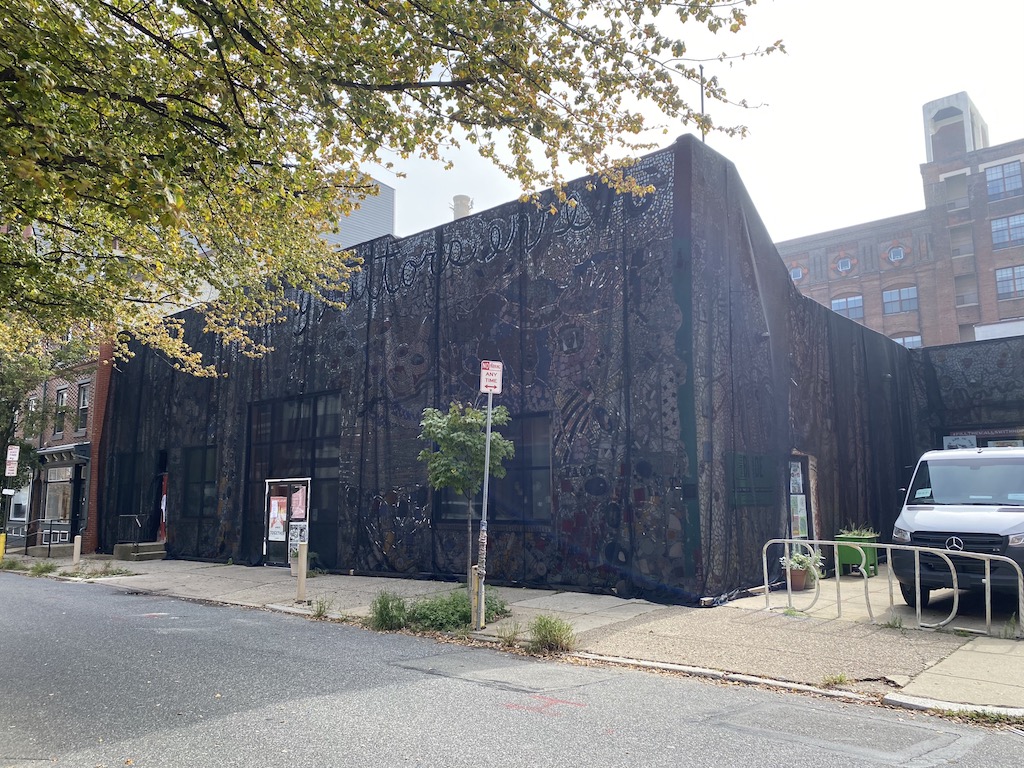
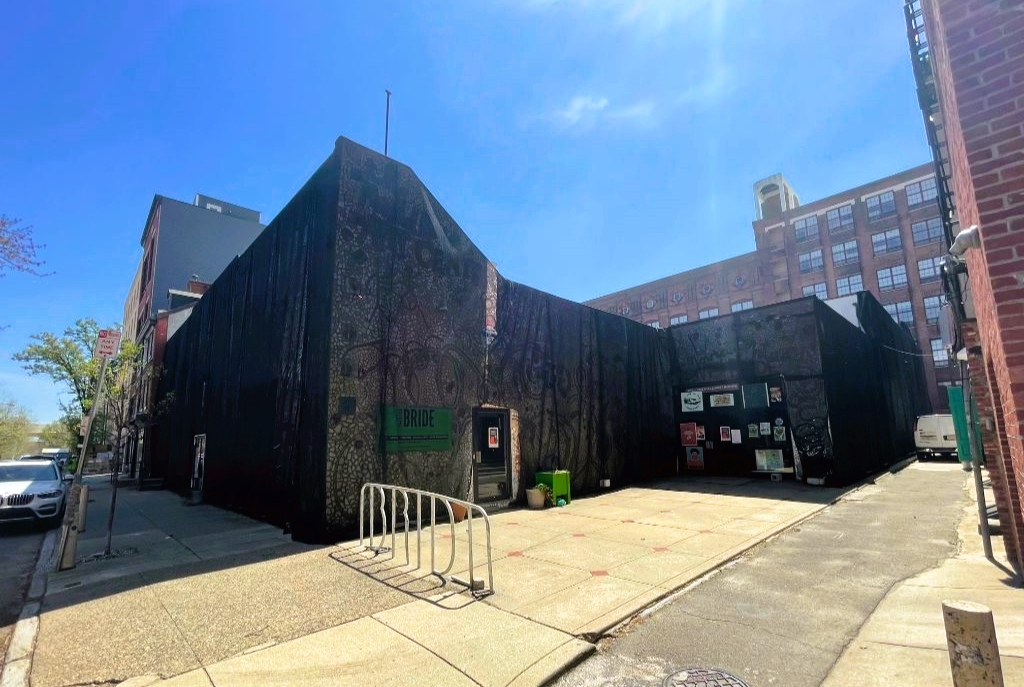

As you may have guessed, things went sadly sideways on this. A couple near neighbors and a local neighborhood group appealed the decision to the Court of Common Pleas. After a long, slow process, a ruling was made last week, stating that the Zoning Board exceeded its jurisdiction, as no true hardship existed beyond the logistical difficulties of keeping the mural intact. A reminder, this is what was planned for this property:
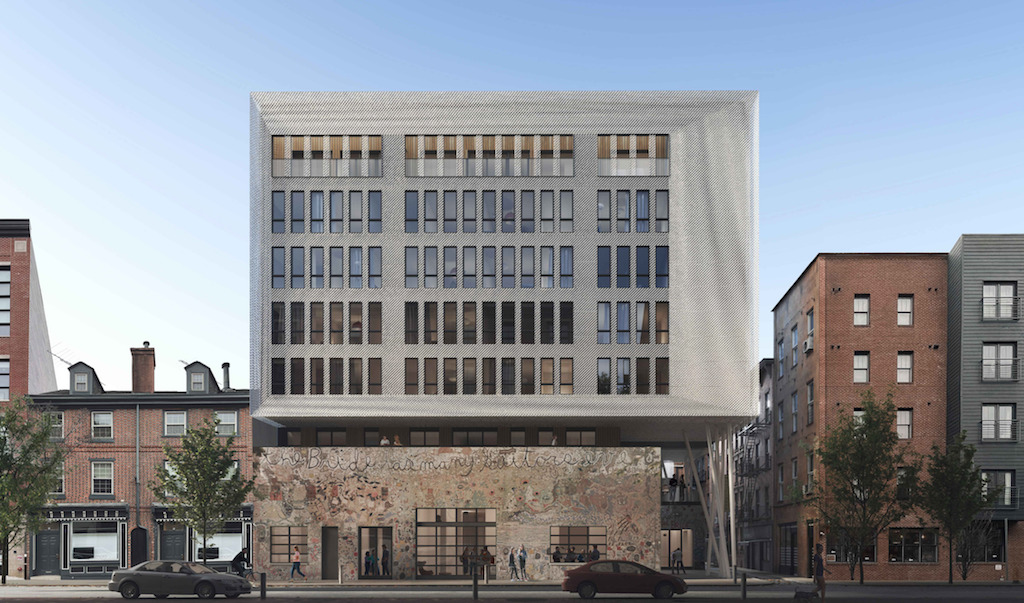
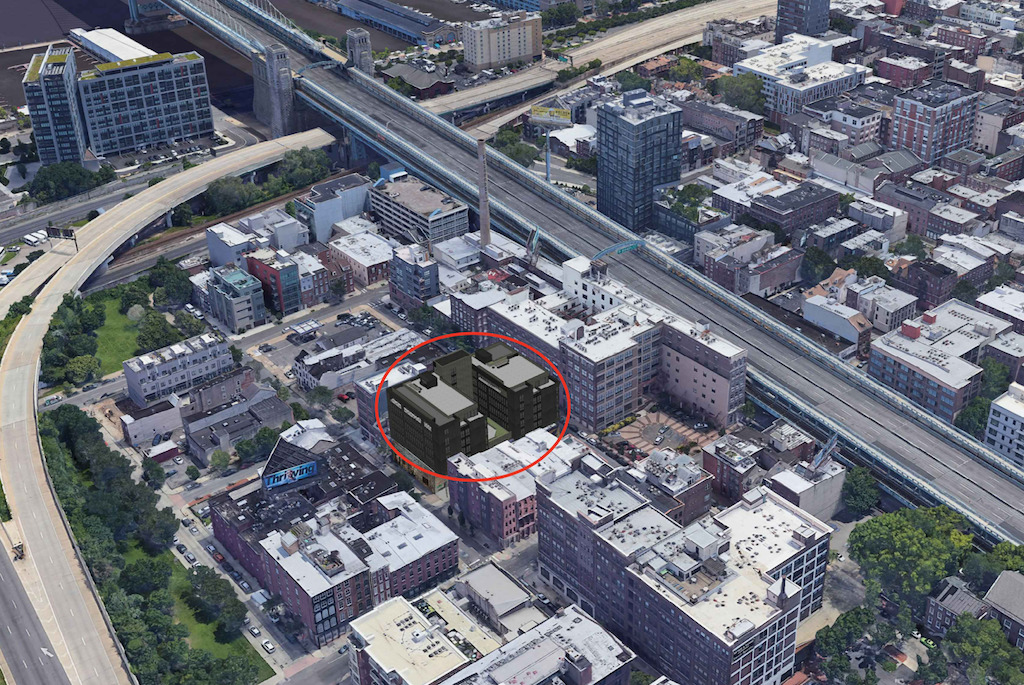
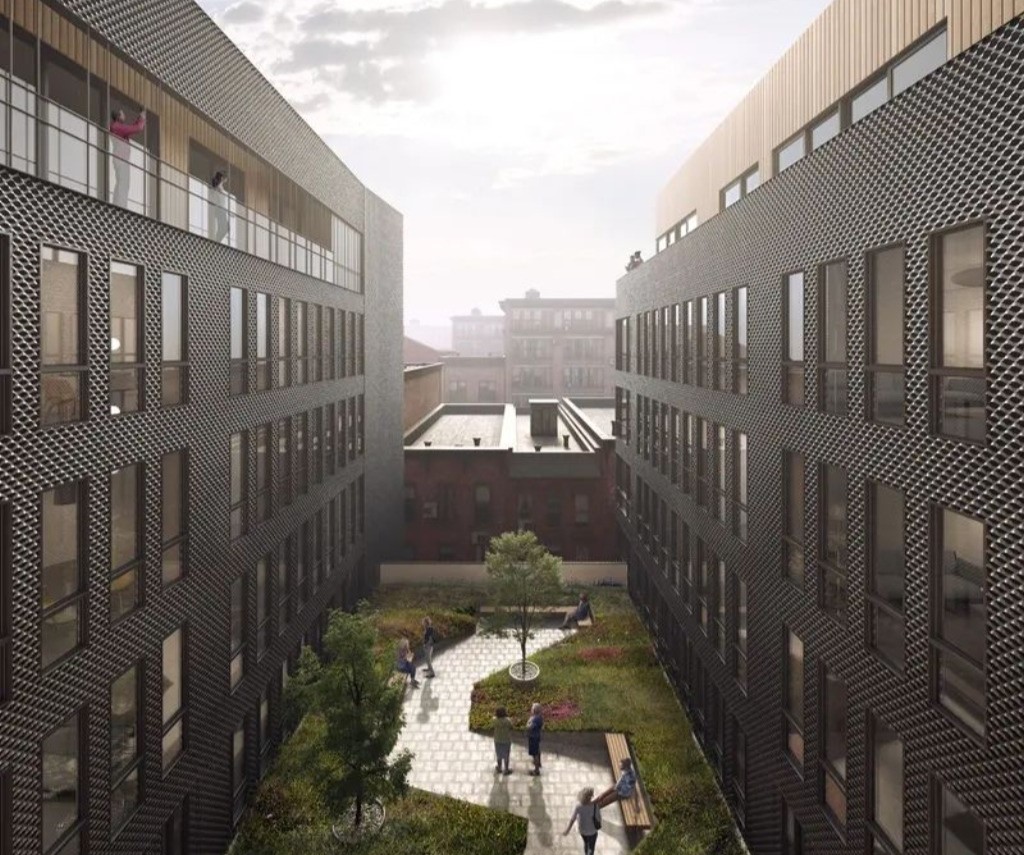
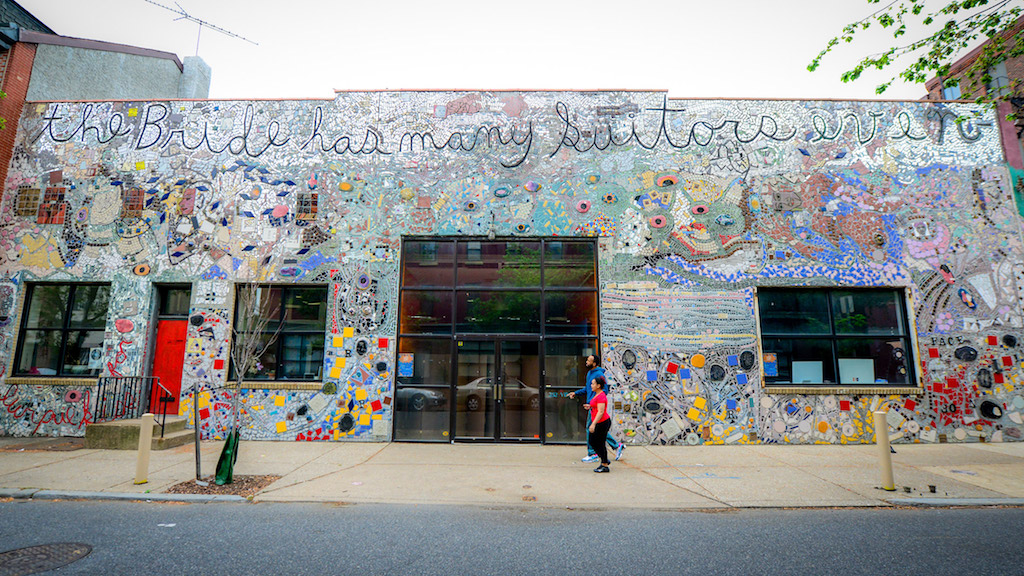
So what’s next? An additional appeal to this decision could be filed, which would extend the process further. Or the developer could pivot to a few different options: a shorter overbuild to conform with the 65-foot height limit for the property, an even shorter, ground-up multi-family building, or 16 town homes. The sad thing is that only the first option would maintain the gorgeous mosaic from Isaiah Zagar, the artist behind the famous Magic Gardens on South Street (and the father to director Jeremiah Zagar, who directed the Philly-centric Adam Sandler film Hustle).
From where we sit, it would be a terrible thing to see that mosaic disappear. While we’re loathe to admit it though, we believe that the court has it right and that the project’s variance didn’t pass muster with regard to the law. So unfortunately, in this case, the zoning code will likely end up ruining a project that would have injected density into a desirable part of the city while preserving a wonderful piece of public art.
While the city has its hands tied at this point, there needs to be a long, hard look at making sure appropriate zoning is in place – not just here, but across the entire city. With the downtown population increasing, keeping up with Philadelphia’s housing needs is going to become increasingly important moving forward. Making sure key corridors are zoned to allow for the density and uses that make for a thriving city should be a high priority. Is a full city rezoning necessary? That’s probably a pipe dream, but re-examining key areas to ensure alignment with the Philadelphia 2035 master planning guide should be top of mind. With City Council elections on deck for next spring, electing candidates that reject councilmanic prerogative is probably more important than ever. Hey, speaking of pipe dreams…

Leave a Reply